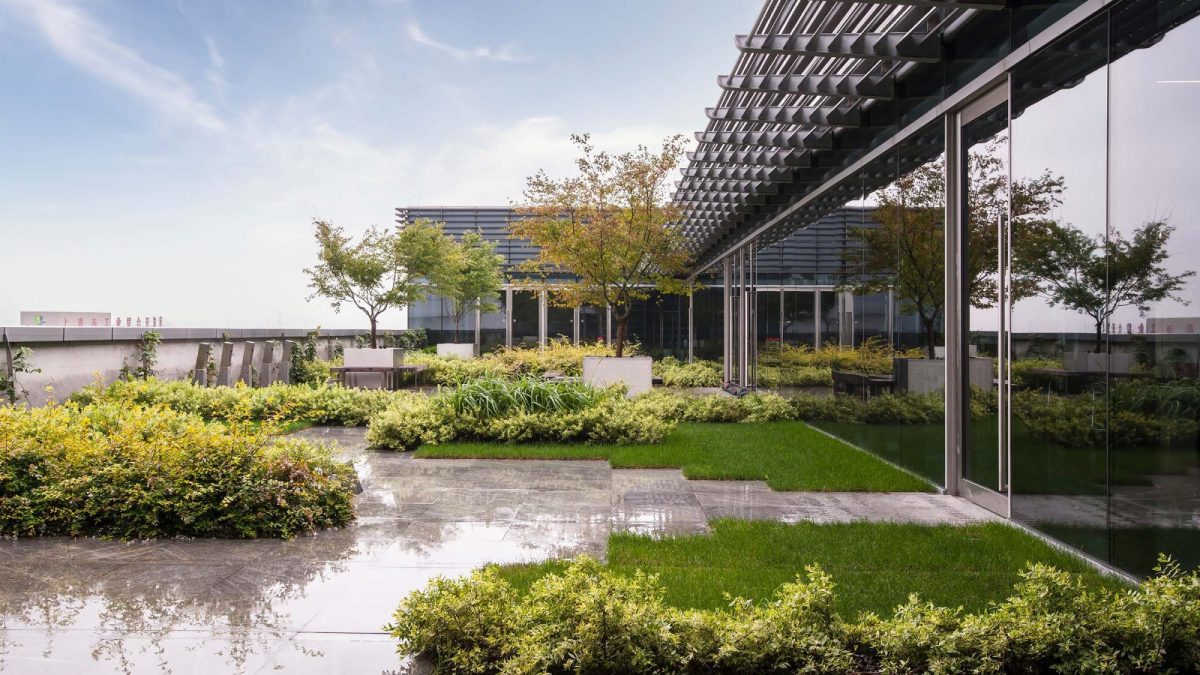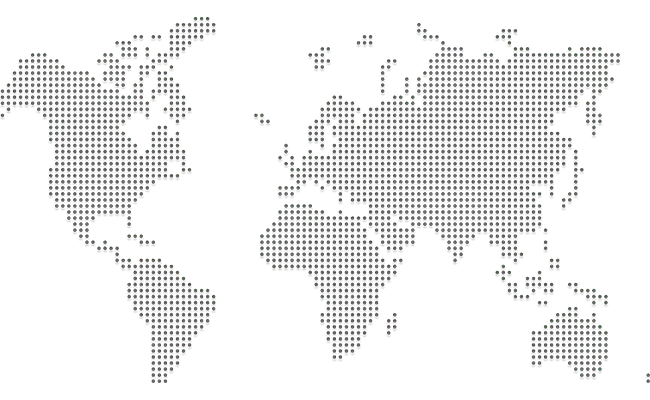Sustainable Living Communities: The Future of Urban Life in Pakistan

Introduction
Urban expansion in Pakistan is accelerating—but with it comes an urgent need to rethink how cities are designed and how people live. Sustainable living communities are emerging as a powerful solution to overcrowded, polluted, and resource-intensive urban areas. These eco-conscious neighborhoods are not just a vision for the future—they are being realized today in projects like Falaknaz Greens, One Beverly, and The Mega Mall.
These modern developments combine green infrastructure, energy efficiency, walkability, and community well-being, creating a lifestyle that’s not only healthier but also more economically and environmentally resilient.
What Is a Sustainable Living Community?
A sustainable living community is a master-planned environment designed to:
Reduce environmental impact
Maximize resource efficiency
Encourage social connection
Promote health and well-being
From eco-friendly homes and green transportation to clean energy and smart waste management, every element is designed to support long-term sustainability.
Why Pakistan Needs Sustainable Communities
Pakistan’s cities face numerous challenges:
Air and water pollution
Overburdened infrastructure
Energy shortages
Lack of green spaces
Rising temperatures due to climate change
Sustainable communities tackle these problems at the root, offering cleaner, more efficient, and more livable environments that align with national climate goals and urban resilience strategies.
Key Features of Sustainable Communities
1. Green Buildings and Energy Efficiency
At Falaknaz Greens, homes are being designed with:
Energy-efficient layouts and insulation
Solar-powered lighting for shared spaces
Smart HVAC and lighting controls
These homes consume significantly less energy, reducing utility bills and environmental impact.
2. Walkability and Public Transport Access
A true sustainable community minimizes dependence on private vehicles. For example:
One Beverly includes wide pedestrian paths, shaded walkways, and bicycle lanes
Shuttle services and public transport access reduce traffic congestion
Reduced vehicle emissions lead to better air quality
This encourages a healthier, more connected lifestyle while cutting carbon emissions.
3. Green Spaces and Biodiversity
A key element of sustainability is maintaining natural balance within urban settings.
The Mega Mall integrates:
Green rooftops and vertical gardens
Landscaped parks and play areas
Native plant species that support local biodiversity
These green areas reduce heat, improve air quality, and offer recreational opportunities for residents.
4. Water and Waste Management
Effective resource management is central to sustainable living. These communities typically feature:
Rainwater harvesting systems
Greywater recycling for landscaping
Centralized waste segregation and composting
Low-flow plumbing fixtures to conserve water
With these systems in place, developments like Falaknaz Greens can drastically reduce their environmental footprint.
5. Community and Wellness Integration
A sustainable lifestyle also includes mental and physical wellness. Sustainable communities promote:
Fitness centers and walking tracks
Open-air gathering spaces and community gardens
Clean air zones and stress-free environments
At One Beverly, community clubs and co-working spaces are included to foster collaboration, balance, and productivity.
Long-Term Benefits for Residents
Living in a sustainable community offers:
Lower utility costs
Cleaner air and water
Increased property value
Greater physical and mental well-being
A sense of responsibility toward the environment
These benefits make sustainable communities a smart choice for families, investors, and the environment alike.
Developer Incentives and ROI
For developers, sustainable communities:
Offer a strong brand reputation
Attract international investors and eco-conscious buyers
Command premium pricing in competitive markets
Ensure long-term value due to lower maintenance and energy costs
By focusing on sustainability, developers of The Mega Mall and One Beverly are aligning with global ESG (Environmental, Social, and Governance) investment trends, boosting investor confidence.
Government Support and Global Momentum
Pakistan’s urban planning bodies are increasingly encouraging green development through:
Building code updates
Green financing and tax incentives
Public-private partnerships for sustainable infrastructure
Globally, sustainable communities are already the norm in cities like Singapore, Amsterdam, and Toronto. Pakistan is now joining the race, with developers like Falaknaz Group leading the way.
Final Thoughts
Sustainable living communities represent the future of urban real estate in Pakistan. By combining innovation, eco-conscious design, and smart infrastructure, they offer not just homes, but entire ecosystems built for longevity and livability.
Projects like Falaknaz Greens, One Beverly, and The Mega Mall are pioneering this shift, showing that it’s possible to build smarter, live better, and protect the planet—all at once.


